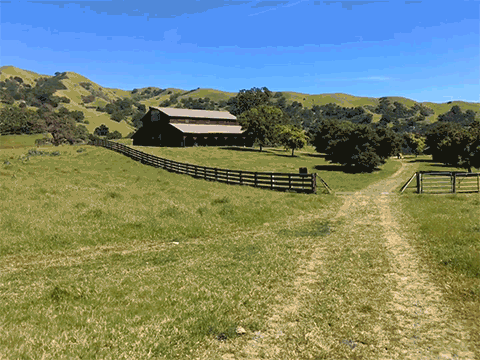Photos are an extension of our memories, and our memories are never still — Google Research
Google has released Motion Stills, an iOS app that claims to bring your Live Photos back to life with advanced stabilization and rendering. Turn your photos into GIFs that loop forever, or edit them together into epic movies.
Google Motion Stills Features:
» Turn your Live Photos into cinematic and beautiful Motion Stills with Google’s stabilization technology.
» Share your Motion Stills as looping GIFs directly in your favorite messaging app.
» Browse through your Live Photos stream, or flip through one-by-one and watch them auto-play.
» Create epic movies by combining your Motion Stills together with just a swipe.
The iOS app from Google Research acts as a virtual camera operator for your Apple Live Photos. Using video stabilization technology to freeze the background into a still photo or create sweeping cinematic pans, the resulting looping GIFs and movies come alive, and can easily be shared via messaging or on social media.
Information About Apple Live Photos

Google pioneered their Motion Stills technology by stabilizing millions of videos and creating GIF animations from photo bursts. Their algorithm uses linear programming to compute a virtual camera path that is optimized to recast videos and bursts as if they were filmed using stabilization equipment, yielding a still background or creating cinematic pans to remove shakiness. Another challenge was to take technology designed to run distributed in a data center and shrink it down to run even faster on a mobile phone. They achieved a 40x speedup by using techniques such as temporal subsampling, decoupling of motion parameters, and using Google Research’s custom linear solver, GLOP. To obtain further speedup and conserve storage by computing low-resolution warp textures to perform real-time GPU rendering, just like in a videogame.
Short videos are perfect for creating loops, so Google added loop optimization to bring out the best in your captures. Their approach identifies optimal start and end points, and also discards blurry frames. As an added benefit, this fixes the dreaded “pocket film” (footage of the phone being put back into the pocket). To keep the background steady while looping, Motion Stills has to separate the background from the rest of the scene. This is a difficult task when foreground elements occlude significant portions of the video. Google’s method classifies motion vectors into foreground (red) and background (green) in a temporally consistent manner. They then use a cascade of motion models, moving the motion estimation from simple to more complex models and biasing the results along the way.

Unfortunately, Google Motion Stills iOS App only works on the iPhone 6S and iPhone 6S Plus. Google requests that you tag your #motionstills on social media, so they can see how users are utilizing their app. Based on the feedback they receive, they hope to integrate this feature into existing products like Google Photos and expand their photo/video offerings.
Motion Stills is available for free from the Apple App Store.
Google

